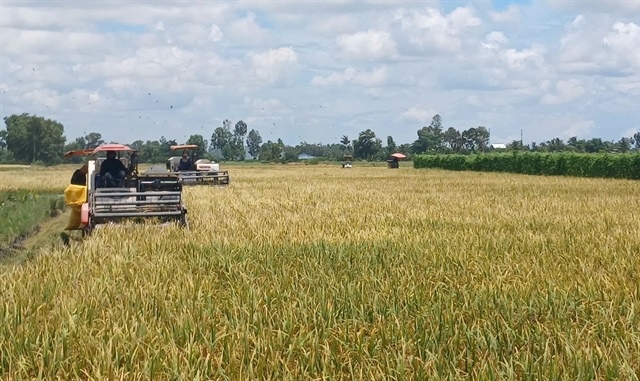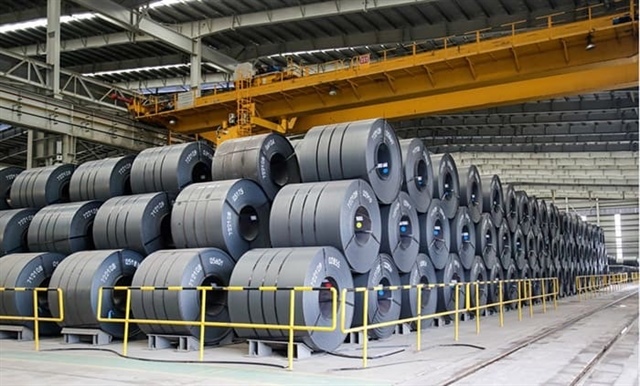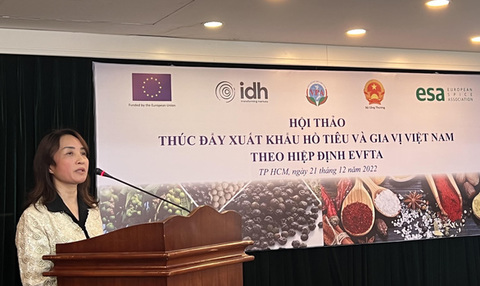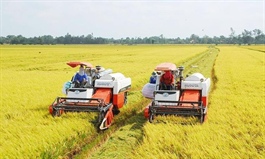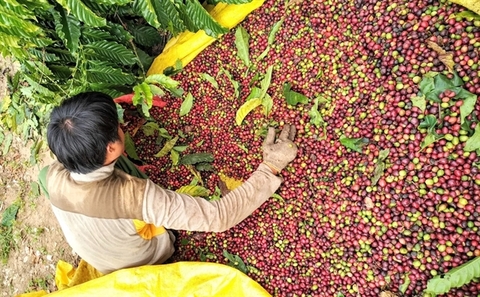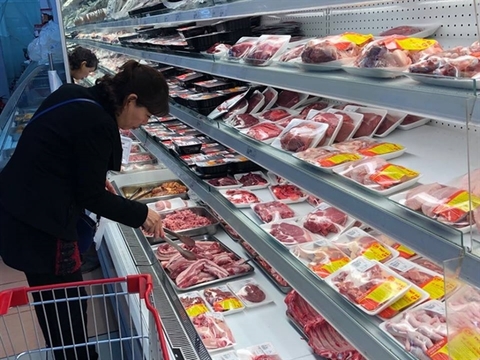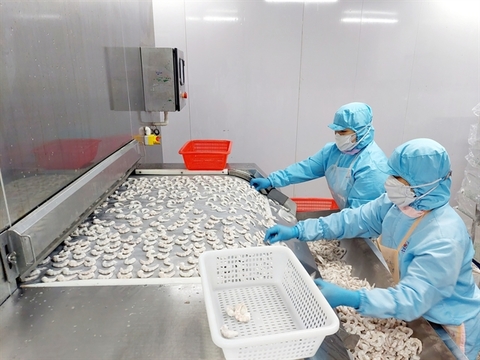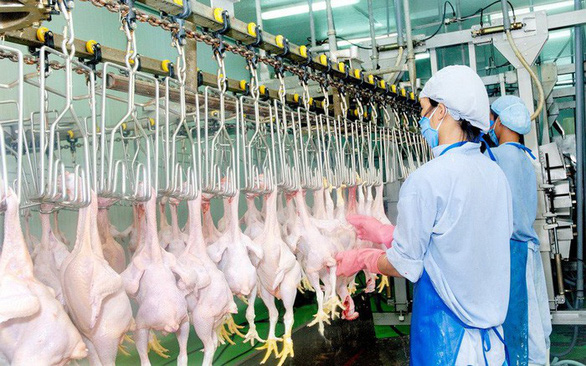Vietnamese sugarcane gears up to cultivate new prospects
Vietnamese sugarcane gears up to cultivate new prospects
In 2023, sugar exporters are likely to benefit from higher export prices and trade remedies imposed by Vietnam, leading to a possible renaissance of sugarcane plantation and sugar mills.
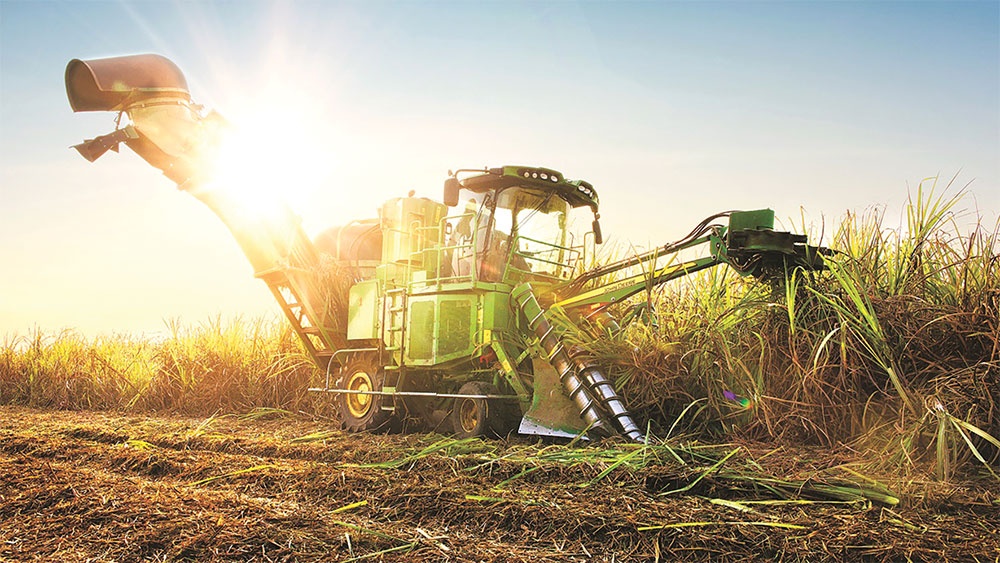
Quang Ngai Sugar JSC owns the second-largest sugarcane area in Vietnam and hopes to take advantage of the increase in sugar prices on the back of the Decision No.1514/QD-BCT on an anti-dumping tax applied in August.
The firm expects to improve its gross profit margin for 2022 and 2023, paired with a revenue growth of 13.1 and 8.5 per cent, respectively, over the same period.
“With the high oil prices, a good deal of major sugar-producing countries such as Brazil, Thailand, and India are switching from sugarcane to ethanol production, thus raising the world’s sugar price in the first six months of 2023,” a representative of the company said.
According to market researcher Mordor Intelligence, the ethanol market size is forecast to reach a compound annual growth rate of over 5 per cent during 2022-2027 due to the increasing demand for ethanol as biofuel, in beer production, and food processing.
Ha Thu Hien, agricultural analyst at VNDIRECT Securities, said, “The new tax rate will also create a competitive advantage for domestic sugarcane as prices will continue to increase in 2023. We also estimate that the price of smuggled sugar will be around 15 per cent higher than the domestic price after the imposition of the anti-dumping tax.”
Hien believes that 2023 will be a favourable year for sugar producers as Vietnam applies measures to combat trade remedies against some cane sugar products imported from Cambodia, Indonesia, Laos, Malaysia, and Myanmar for a period of five years, according to Decision 1514. The policy heightens the expectation of recovery for Vietnam’s sugar industry after a long time under great pressure from smuggled sugar.
The agricultural report released by VNDIRECT in mid-November shows that Vietnam’s sugarcane planting area has decreased sharply since the 2017-2018 crop year. The price of sugarcane dropped, and farmers switched to planting other varieties. By crop year 2021-2022, sugar production amounted to only 950,000 tonnes, of which sugar produced from sugarcane was 745,000 tonnes. The rest came from imported raw sugar, an increase of 57,000 tonnes or around 8.3 per cent compared to the previous crop.
In that crop year, sugar mills raised the purchase price of sugarcane up to VND150,000 ($6.40) per tonne, motivating farmers to increase investment in intensive farming and sugarcane yield. However, the unhealthy competition for raw cane among sugar mills had indirectly been disrupting the links between sugar mills and sugarcane farmers, causing instability for the development of concentrated sugarcane areas.
VNDIRECT also pointed out that the shortage of raw cane has forced many businesses to import raw sugar despite exchange rate fluctuations. “We expect sugar prices to continue to rise in 2023, which can offset the impact on corporate profit margins,” commented Hien of VNDIRECT. “Domestic sugar prices have increased sharply, creating a motivation for farmers to expand their planting areas in the next crop year.”
In the third quarter of 2022, the domestic sugar price increased by about 10-14 per cent compared to the beginning of July, before the application of trade remedies for sugar imported from ASEAN countries. Meanwhile, global sugar consumption in the 2022-2023 crop year is estimated at 179 million tonnes, up 1.9 per cent over the same period due to strong demand from China and India.
However, Hien is concerned that “the domestic supply of sugar can only meet 35-40 per cent of the local demand”.
Nguyen Van Loc, general secretary of the Vietnam Sugar and Sugarcane Association (VSSA), said that the imposition of anti-dumping tax on sugarcane imported from ASEAN has created a positive effect on the domestic sugar price, leading to an increase of 8-10 per cent over the same period in 2021.
“This is the basis for enterprises to recover raw material areas so that they can reach an area of 300,000 hectares by 2030. With high sugar prices and a stable consumption markets, many businesses are forecasted to offer better purchasing prices to create motivation to expand sugarcane material areas,” Loc said.
The VSSA expects the total sugarcane area in the 2022-2023 crop year to be maintained at a high level, with over 150,000ha, a processed sugarcane output of over 8.76 million tonnes, and sugar output of over 870,000 tonnes, an increase of more than 124,000 tonnes.
“If the sugarcane yield in the 2022-2023 crop year is higher, and sugarcane purchasing prices increase correspondingly, the sugar price increases by up to 5 per cent, with sugarcane growers confidently achieving a profit of VND20-30 million ($850-1,270) per hectare. This level of profit will prove that sugarcane is competitive compared to other crops,” Loc argued.





